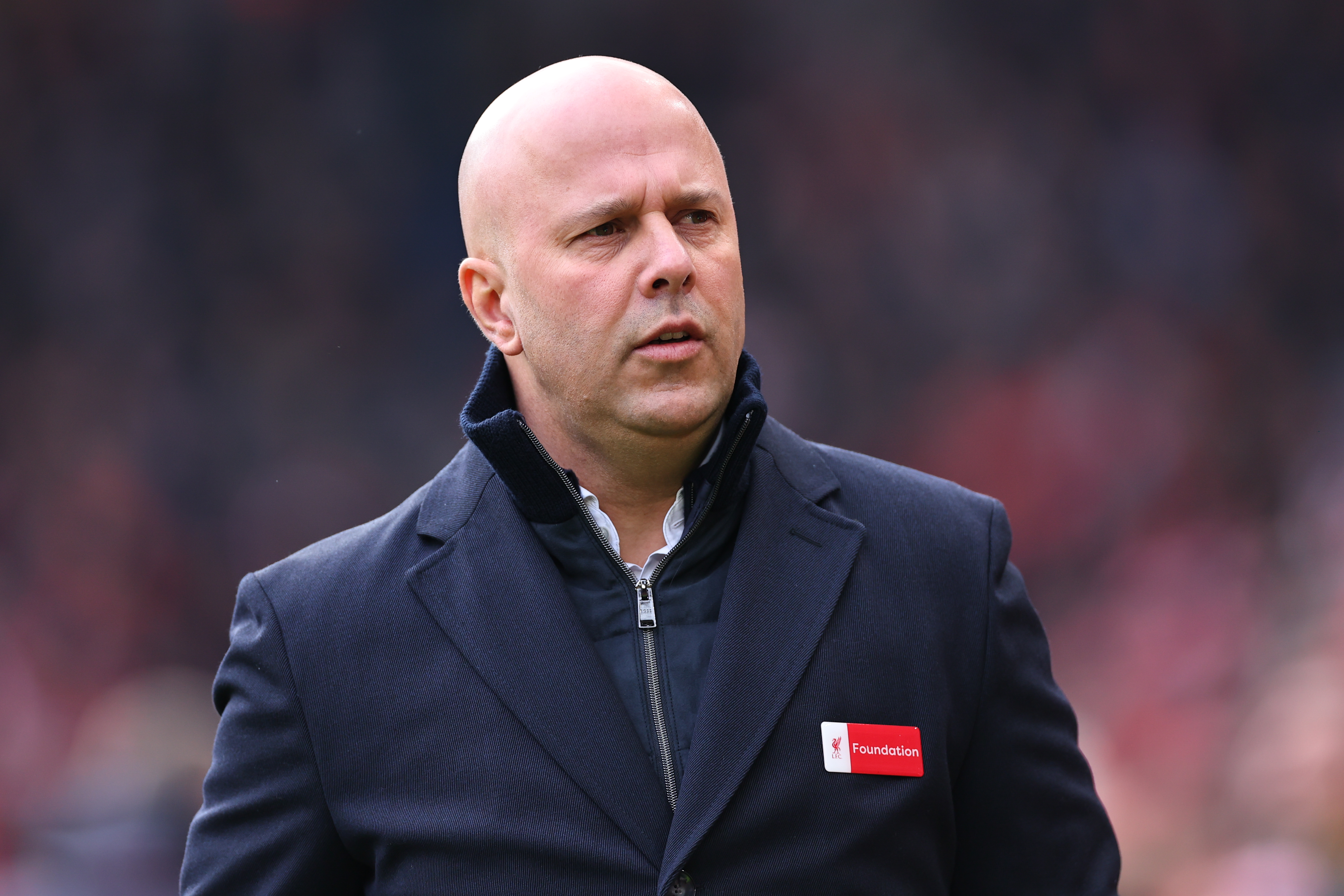How Marcus Rashford could be the ideal false 9 for Manchester United
Ryan Baldi details why the Red Devils need to switch tactics to make the most of their young frontline...
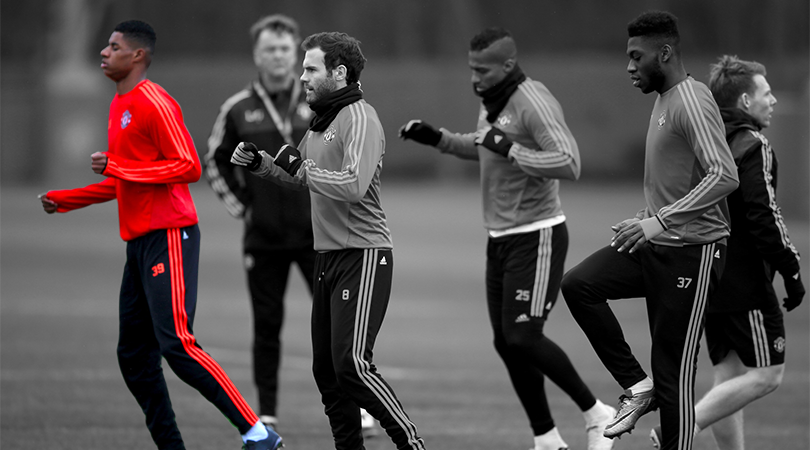
In recent weeks, Manchester United appeared to have found some of the attacking verve that had been absent from their performances so far this season. The swashbuckling counter-attacks and direct wing play – largely missing since Sir Alex Ferguson’s retirement – have been temporarily restored under Louis van Gaal.
And goals; four against League One strugglers Shrewsbury Town in the FA Cup, five at home to FC Midtjylland in the Europa League and three against title-chasing Arsenal in a thrilling encounter at Old Trafford.
They flowed right up until a narrow 1-0 victory at home to Watford was followed up with defeat to West Brom, by the same score. Green shoots of hope were once again trampled by defeat. It’s becoming an all-too-familiar story for United under Van Gaal: one step forward, two steps back.
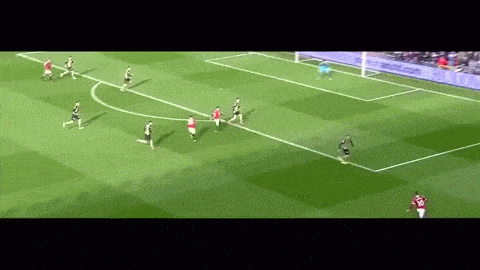
Commitment to attack, to play on the front foot and entertain, is viewed by United supporters as a minimum requirement of their team. Failure to adhere to this principle during the majority of his first 18 months in charge has eroded sympathy inside Old Trafford for Van Gaal. Many feel the experienced Dutch tactician is rather fortunate to still occupy the dugout, and any good faith that remains for the former Ajax boss can be chiefly put down to his utilisation of academy graduates – another of United’s long-standing traditions.
Teenage stars
And in 18-year-old Marcus Rashford, the latest prodigy off the Carrington production line, he has the perfect man to fulfil the role
If Van Gaal has any hope of seeing a third season in Manchester, he must do away with his overly cautious, possession-based ‘philosophy’ and attack with relative abandon. Employing a system focused around a false nine may represent the best solution – and in 18-year-old Marcus Rashford, the latest prodigy off the Carrington production line, he has the perfect man to fulfil the role.
The false nine concept dates back to the late 1940s, eventually brought to wider attention by the famous Hungary team who defeated England 6-3 at Wembley in November 1953. Nándor Hidegkuti expertly executed his duties that day in what was then known as a ‘withdrawn centre-forward’ position, with Ferenc Puskás and Sándor Koscis either side of him as inside-forwards. “The centre-forward was having increasing difficulty with a marker around his neck,” Said Hidegkuti, detailing the genesis of his role. “So the idea emerged to play the No.9 deeper where there was some space.”
Get FourFourTwo Newsletter
The best features, fun and footballing quizzes, straight to your inbox every week.
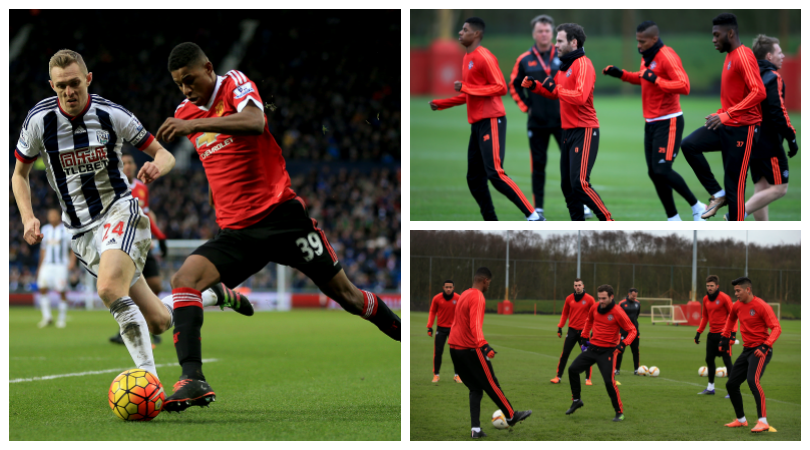
The tactic worked to devastating effect, with Hidegkuti bagging a hat-trick against the English. “He was perfect for the role,” said Puskás of his team-mate, “sitting at the front of midfield, making telling passes, dragging the opposition defence out of shape, and making fantastic runs to score himself.”
Messi the template
Lionel Messi is perhaps most associated with the false nine role due to Pep Guardiola’s redeployment of the Argentine genius between 2008 and 2012.
Initially used on the right of Barça’s front three, Guardiola observed that Messi would be a more direct threat to the opposition if he played centrally, where his dribbling and passing skills would create openings for the likes of Pedro and David Villa. At the same time his ability to time runs into the penalty area would afford him more opportunities to score. Guardiola was, of course, right.
Johan Cruyff used Guardiola’s former team-mate Michael Laudrup in this position as part of his famous ‘Dream Team’ which won four successive Spanish titles and a European Cup in the early nineties. Luciano Spalletti also managed to get the best out of Francesco Totti in similar fashion during his first spell as coach of AS Roma, the Italian able to drop deep and create space for others while also enjoying the most bountiful goalscoring period of his career.
Rashford ideally suited
United youngster Rashford fits the bill perfectly to perform this kind of role for United. Despite making his first-team debut as a lone centre-forward in a 4-2-3-1 formation, Rashford has experience playing in slightly deeper positions for the Red Devils’ academy sides.
The England youth international demonstrated his adeptness at working in deeper areas against Arsenal and Watford recently. Against the Gunners, Rashford completed six of nine attempted passes in the final third, including an assist for Ander Herrera, and against Watford he completed eight of 14, with half of his completions coming more that 20 yards from goal.
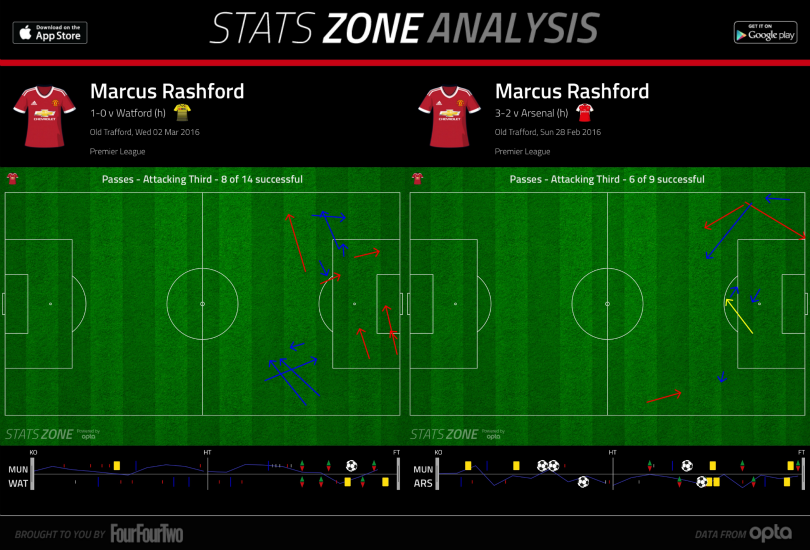
Another key attribute of Rashford’s game that would serve him well as a false nine is his timing of forward runs. It was this key skill which helped Messi score more than 70 in one season at Barcelona, and became the Argentine’s hallmark as he latched onto cutbacks from the full-backs or arrived to collect a half-cleared cross or rebounding shot.
Both of Rashford’s goals in his debut against Midtjylland were scored in much the same way, arriving late to sweep home a cut-back from the byline.
Which formation?
A false nine would have the option of either breaking forward to open up the inside space for a winger to move into, or dropping deep to receive the ball
A switch to a 4-3-3 utilising a false nine in the central attacking position would also benefit the likes of Memphis Depay and Anthony Martial. When the pair line up on the wing, their instinct is to receive the ball to feet and dribble inside.
Under the current 4-2-3-1 system, their ability to do this effectively is stifled by the presence of a central attacking-midfielder who is already occupying the area Depay and Martial want to move into. Against Watford, Depay completed three of seven attempted dribbles, and was confined to a wide area; Martial completed only one of four dribbles, with all three attempts to dribble centrally unsuccessful.
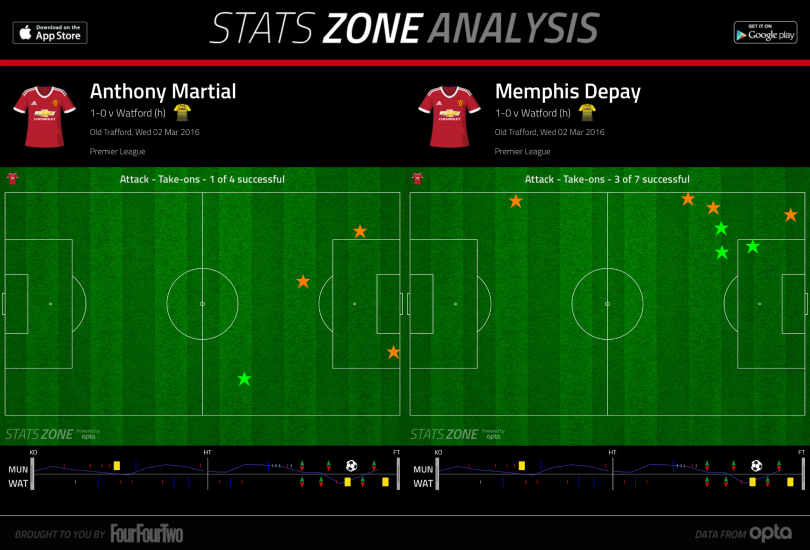
A false nine would have the option of either breaking forward to open up the inside space for a winger to move into, or dropping deep to receive the ball. Either would drag one of the opposing centre-backs with him, creating space between the centre-back and full-back for a winger to exploit – much like David Villa and Pedro did to great effect for Barcelona.
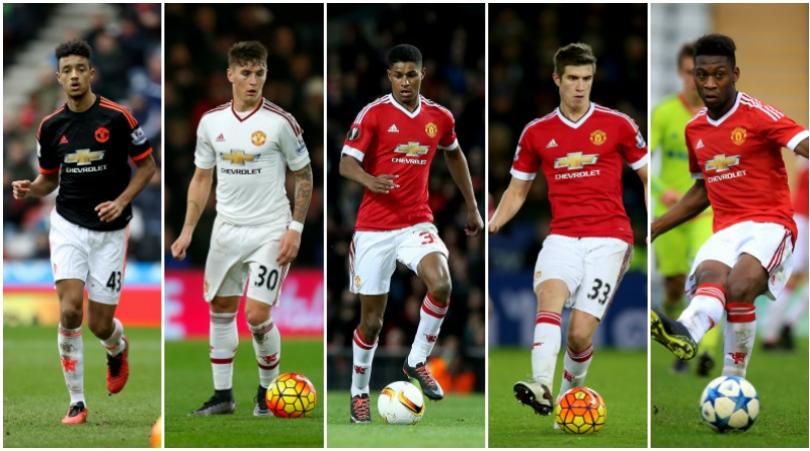
Van Gaal is absolutely no stranger to this kind of system – similar 4-3-3 set-ups brought him a Champions League win with Ajax and two Spanish titles with Barcelona. He even tried something similar last season, during a period in which United played arguably their best football under the Dutchman as they beat Tottenham, Liverpool and Manchester City.
The slight difference, however, is that Van Gaal has rarely afforded his attackers the fluidity of movement required to properly execute a strategy based around a false nine. Old habits die hard, but stubbornness must be put to one side to make way for change.
